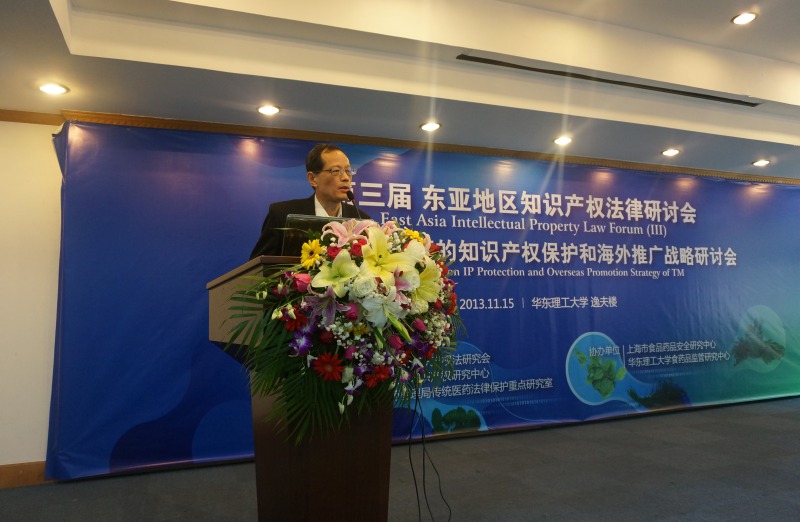The world's first ancient panda genome was successfully determined
The reporter from Xinhua News Agency, learned from the China University of Geosciences (Wuhan) on the 10th that the National Key Laboratory of Biogeology and Environmental Geology, together with the research team at home and abroad, used ancient DNA experimental methods and the new generation of sequencing technology, successfully determined the world's first ancient panda genome.
“The research team obtained the 1.2-fold coverage of the giant panda genome through technical means.” Professor Lai Xulong, the head of the research team, said that the genome analysis found that the Holocene panda sample represents an extinct panda genetic lineage that is different from the existing giant panda; this pedigree and the existing panda’s common ancestor population differentiated earlier than the formation of three different geographical populations of the existing panda. But there is gene exchange with the ancestors of the existing pandas, making some genes of the extinct lineage survived in the panda gene pool.
“For species conservation, in addition to the size of the population, the genetic diversity of the species is another key factor affecting its evolution.” Sheng Guilian, associate professor of China University of Geosciences (Wuhan) told reporters, this study determined that the panda lost its specific genetic lineage during its evolution and paid the price of reduction of genetic diversity. In the extinction genetic lineage, a small number of genes that penetrate into the current panda gene pool by population hybridization may help the panda to better adapt to the changing environment in the future evolution process.
Source: http://www.xinhuanet.com
Time: 2019.05.10
next:Yandang Maji was selected into the list of provincial livestock and poultry genetic resources


